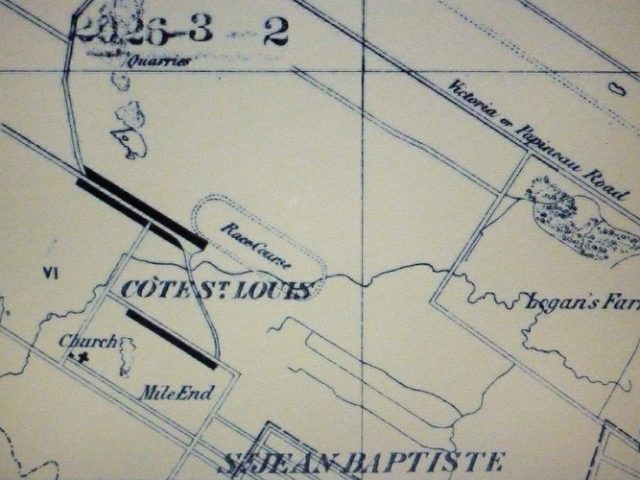Culminating Activity – Map your PLN
Michel Singh

Earlier you reflected on the informal PLNs that surround you, and indeed, these networks are meant to be informal. But as you explore PLNs in greater depth, you will want to think about how you can use digital technologies to build and develop your network to breathe new life into your professional growth and better support your teaching.
You can do this by mapping your own PLN.
The Mapping Your PLN activity below asks you to consider and then represent who belongs to your PLN.
To map your PLN, use a tool such as Google Drawings, Coggle (a Google Drive app for mind mapping), or PowerPoint to create a visual diagram of the people, organizations, collectives, and others who are in your network. (If creating a visual diagram presents a barrier for you, you can map your PLN by creating an audio, video, or written reflection.)
Activity Guidelines
- Identify a focus of your PLN. It could be your academic discipline or professional area, a topic on which you’ve already done some research or work, or a learning interest that you’re passionate about.
- Place your topic somewhere on your map. (You might put it in the central node, but remember, you, actually, are the centre of your learning network!)
- Identify a few people who already belong to your network as it relates to your interest or topic. These will be your nodes. They might be colleagues, influential educators, mentors, people you’ve met at conferences or events. They could also be members of professional organizations.Then think of a few more nodes that you may not yet know personally but who you would like to include in your network. Who are the noted scholars or experts in your area of interest that you might follow?
- Map the nodes (names) that you’ve identified onto your diagram. (Using one of the mapping tools mentioned above will allow you to move nodes around easily without having to redraw the connections.) Your diagram should include at least 5 nodes by name (i.e., specific individuals and organizations).
- Add details to each of the nodes in your PLN. Review your map and rearrange the design as you see patterns emerge. For example, you might indicate any of the following in the design of your diagram (e.g., by grouping, or by using different colours, symbols, or text labels):Their role (e.g., educator, science researcher, blogger).
- Their role in your network (e.g., collaborator, mentor, provocateur, consultant).
- The relative weight of the connection (e.g., strong tie, weak tie).
- The reciprocity of the connection (e.g., one-way, dialogue).
- The technologies you use to connect to your network.
- The relationships between the different nodes (i.e., identify clusters of nodes who may interact).
- Anything else that helps to illustrate your interactions—past, present, or future—with your network.
Apply for Your Badge
If you have completed the following activities, you are ready to apply for your Ontario Extend Collaborator Badge. This submission requires evidence of your work so you should assemble a summary if all activity into a blog post, a document sharable at a URL, or some other document you can upload as a file (10Mb maximum).
As a reminder, these are the requirements to earn your badge.
- Explored the resources: read the information and watched the videos about the impact and value of collaboration.
- Signed up for Twitter and explored how to use it to engage with others to extend my PLN.
- Engaged with people who, and groups that, align with my professional interests.
- Listed some activities that I can engage in to cultivate and expand my PLN.
- Wrote about “Extending Your PLN”.
- Mapped my PLN and shared it.
 You can now apply for your Collaborator Badge!
You can now apply for your Collaborator Badge!

